Do it / learn it / buy it
This has been somewhat of a crunch time week in terms of our company’s progress. We’ve moved past the time of idea generation and ‘what if’. Now it’s about identifying exactly what it is we need to do, why we need to do it and what value it is adding to our product and our customers.
The past few months have been a crash course in methodologies. How to write user stories, how to prioritise, how to estimate resourcing and budgets, how to write an accurate financial projection, etc. All of these individual processes have established methods and as I move across roles (from paid, to start up, to volunteer) I am learning ways to evolve and tweak these methods to suit our purposes. It’s the ultimate crash course in understanding and acting on data sets.
As this is happening, I have started to develop my own methodology in terms of how to move a project forward. And that’s my internal way to articulate what we can do, what’s missing and how we bridge the gaps. To that extent, I have started to categorise all of the moving parts in three ways:
Do it: First, do we have the capabilities with the people we have to perform the task?
Learn it: Second, is there something we can learn that will enable us to perform the task?
Buy it: Third and final, do we have to buy the information, skills or mechanisms to perform the task?
I have started to view our business through this lens. Operationally, it means that if I can’t perform the first, is it smarter to seek the second or the third? How quickly can I move the third to the first? What’s the benefit of the obvious outlay for the third that will benefit the second and the first?
A start up oscillates between the first and second options, because the less that is outlaid financially, the better the future looks. Larger organisations may go straight for the third, because they have neither the time, desire or processes in place to perform the first and second. And they often have the means.
I think the ultimate vision is creating an environment whereby the distinctions are not so clear cut. This means having the best people doing the tasks they need to do, and making sure they are inspired to learn more about the other tasks that are required. As a result, they will become even better at what they do, only buying the mechanisms to perform those tasks.
I have learned to quickly prioritise what I cannot do, or will not be able to learn in a reasonable amount of time. Therefore my internal logic is to ask myself if I know who can do this task (and who is willing to do it), or if I need to buy what’s missing. If I have to buy what’s missing, what can I take from that to enable me to learn or do the next time round?
It may not be a perfect method, but it helps me lock down what the future looks like for our prototype, our MVP and then our proper product roadmap. It’s another layer of analysis that sits on top of all the other moving parts.
This sort of approach is likely very obvious to people who have been through this before. I have no doubt that I could have bought this sort of information by doing a business or entrepreneurial degree. But instead I decided to go and do what I could, learn what I needed, and essentially invest in the experience.
Which leads to the forth and most intangible category: Enjoy it. Is what you’re doing interesting, inspiring, confusing, frustrating and challenging enough? Is finding the best combination of the previous three categories more exciting than the rest? Because if I apply that same lens to what we’re doing, the answer is an emphatic yes. It’s above all else the best piece of the puzzle. All the methodologies in the world amount to nothing if you’re applying them to something you don’t enjoy. They’re a means to a boring end. But if you’re buying what you can, to learn what you need, to do what you enjoy, then somewhere along the way your methods will have started to fall into place.











